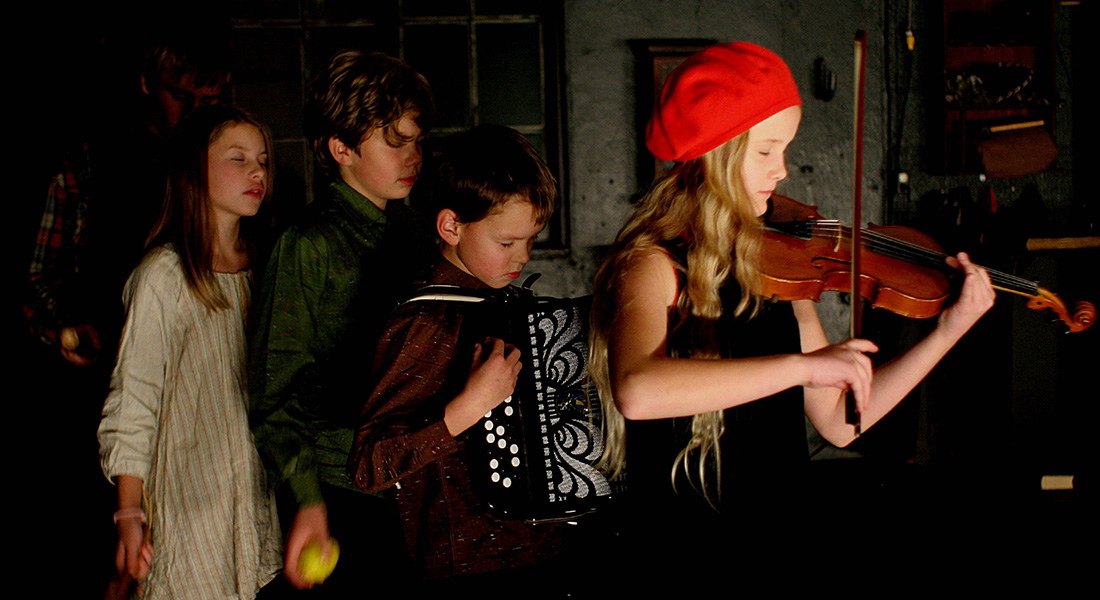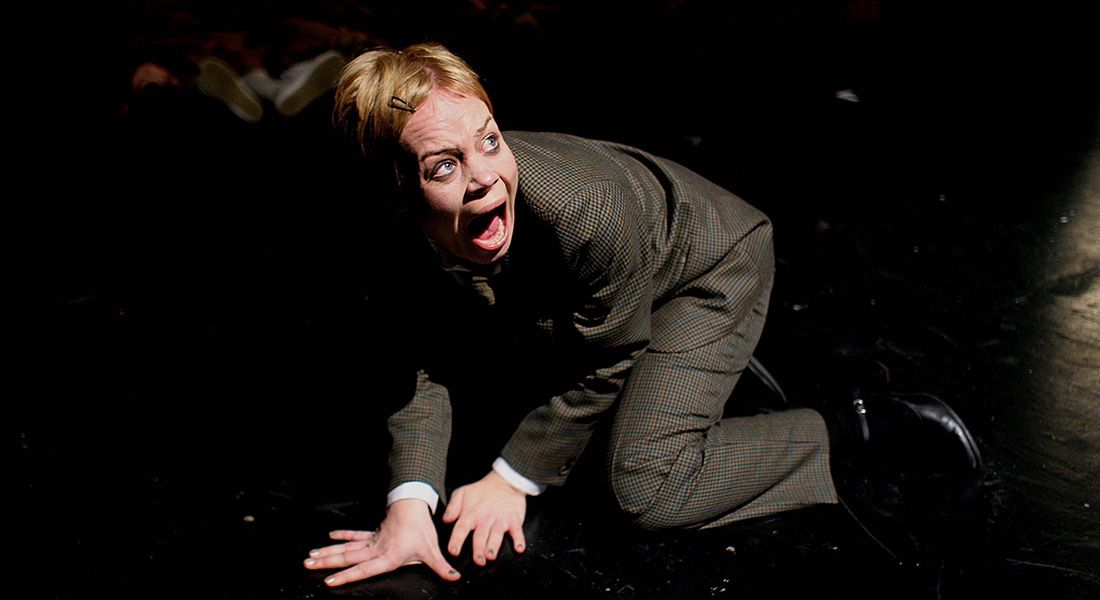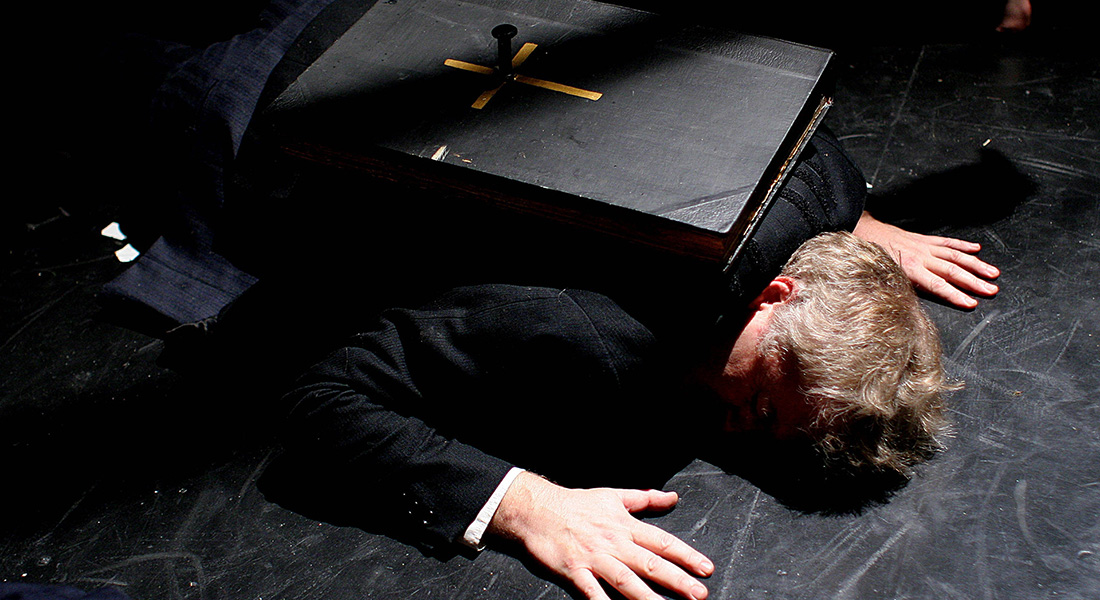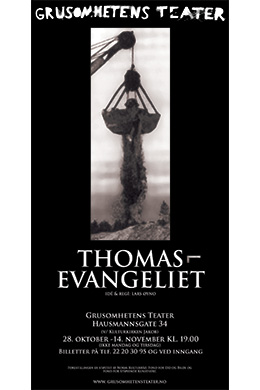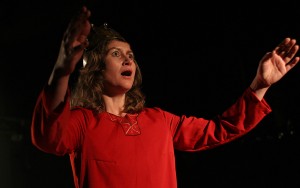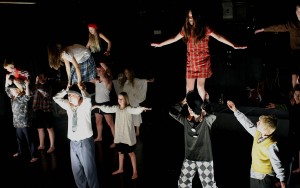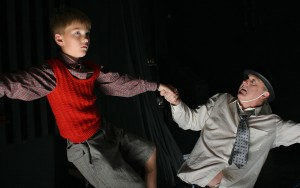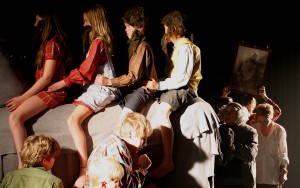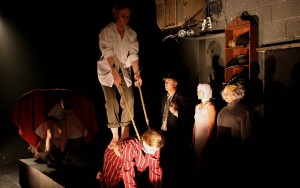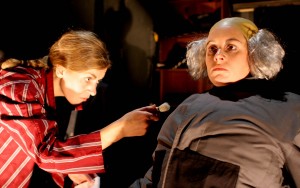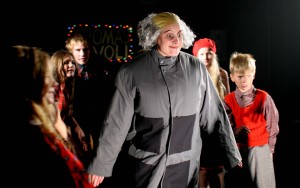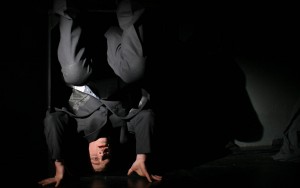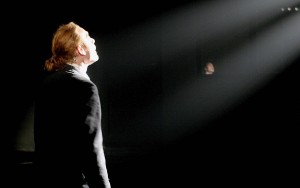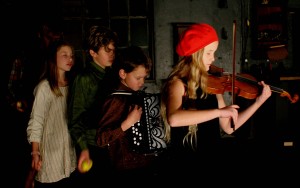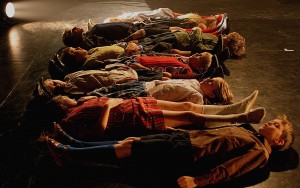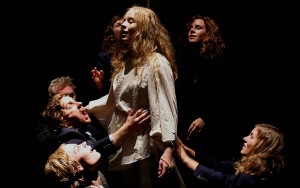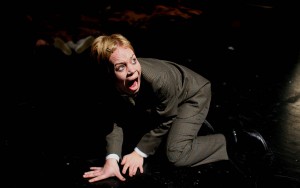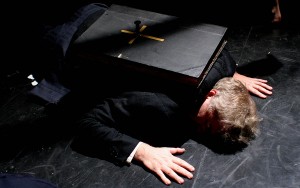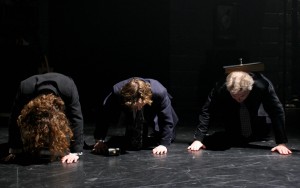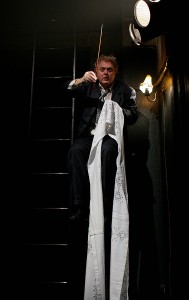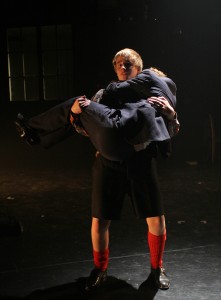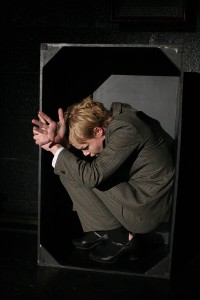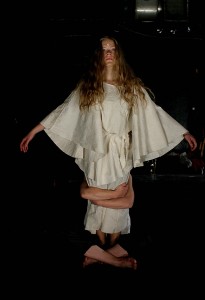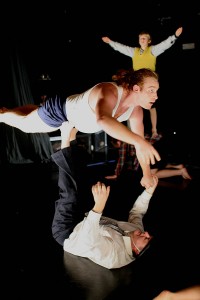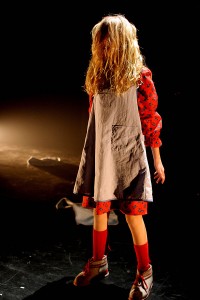
THE GOSPEL ACCORDING TO THOMAS
ABOUT THE GOSPEL ACCORDING TO THOMAS
“He who will drink from my mouth will become as I am: I myself shall become he, and the things that are hidden will be revealed to him”. Logion 108
The Gospel According to Thomas was discovered among a number of Gnostic scriptures in a tomb of Nag Hammadi, Egypt as late as in 1945. It consists of 114 logia – sayings, prophecies, proverbs and parables of Jesus. Dating it as far back as the second half of the first century, some scholars believe that the Gospel According to Thomas is closely related to “Q”, the source of the synoptic Gospels – or even Q itself.
At any rate, there is a growing consensus that this is in fact the earliest account of Jesus – an unadorned record of his own sayings.
Many of the sayings in The Gospel According to Thomas are echoed in the canonical four Gospels of the Bible. Significantly, not those that speak of the efficacy of individual revelation and of divine power lying hidden inside each man.
In one of the logia, the crucial term metanoia recovers its original meaning: ‘a
change of knowing’ – not ‘repentance’, as it has so fatefully been mistranslated later. It transpires that wisdom, not submission, is the road to salvation. The Gospel According to Thomas reinstates Jesus the philosopher, revealing insights long obscured by the myth and worship of the person. This first Gospel contains no story of the birth and resurrection; devoid of judgement and fear, it is a culmination of life in the present, independent of death.
Branded as heretical in the third century and later expelled from the Christian canon, the Gospel has survived sixteen centuries in an earthenware jar under the sands of Egypt, untouched by Roman-Pauline theological influence. Its message remains controversial in the true sense of the word.
Grusomhetens Teater has chosen 20 of the logia for a theatrical examination of the Gospel’s resonance and challenge in our time. To a certain extent, these lines illuminate the figure of Antonin Artaud, to whom the company owes its name: both his detection of the Western society as contaminated, and his relentless self-scrutiny. More interestingly, the Gospel According to Thomas resembles a spiritual archetype for Artaud’s ideology of theatre: an art that seeks indeed to “make the inside like the outside and the outside like the inside” (logion 22) and thus aspires to grow into a compendium of consciousness.
It was a dream of life that fuelled Artaud’s revolt against the Apollonian theatre and its desensitising rationality. From behind a veil of inscrutability, Jesus the philosopher and Artaud the theatre-maker both seem to call for ‘a knowing of the self’ as something fundamentally opposed to the established forms of knowledge and social beliefs.
«Den som finner seg selv er større enn verden.»
Th. 112
Concept and direction
Lars Øyno
With
Hanne Dieserud
Robert Skjærstad
Silje Breivik
Martha Kjørven
Lars Brunborg
Anne E. Kokkinn
Kristofer Hivju
Lars Eirik Nilsen
Tuva Moen
Kaja Ringerike
Elias Bakken Johansen
Miriam E. Dieserud
Oskar Guthushagen
Anna Ladegård
Vilde Olsen Rommetveit
Daniel Aamodt Brox
Aleksander Thorkildsen
Music
Lars Pedersen/WHEN
Scenography
Thor Eriksen
Christina Lindgren
Costumes
Christina Lindgren
Lighting
Ingrid Tønder
Geir K. Johansen
Choreography
Cecilie Bertran De Lis
Make-up
Trude Sneve
Year
2004


